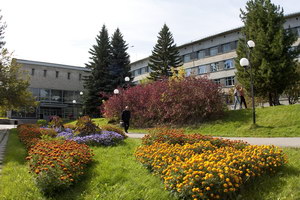The main directions of solving energy-related environmental problems in the central ecological zone of the Baikal natural territory

The object of the study is energy facilities located in the coastal areas of Lake Baikal. The impact on the environment in this territory is of particular importance due to the natural uniqueness and special conditions for economic activity. The paper shows that coal-fired boiler houses are the main sources of impact on the environment. The total calculated emission from energy objects is 24.5 thousand t/year. In the composition of pollutants, particulate matter predominates. The total mass of ash and slag waste from energy objects is 79.8 thousand t/year. An analysis of the main environmental problems caused by the operation of the energy objects in the central ecological zone has allowed us to make a list of recommendations for their elimination. For large boilers houses, the main direction is the reconstruction and modernization of equipment, for small ones-The transition to alternative energy sources: natural gas and electricity. Under current conditions, the solution of the environmental problems in the energy sector is to sort the coal and substitute the boilers for highly efficient automated ones, which will improve the fuel combustion conditions and reduce its consumption. © Published under licence by IOP Publishing Ltd.
Библиографическая ссылка
Saneev B.G., Ivanova I.Y., Maysyuk E.P., Izhbuldin A.K. The main directions of solving energy-related environmental problems in the central ecological zone of the Baikal natural territory // IOP Conference Series: Earth and Environmental Science. Vol.381. No.1. ID: 012082. 2019. DOI: 10.1088/1755-1315/381/1/012082


